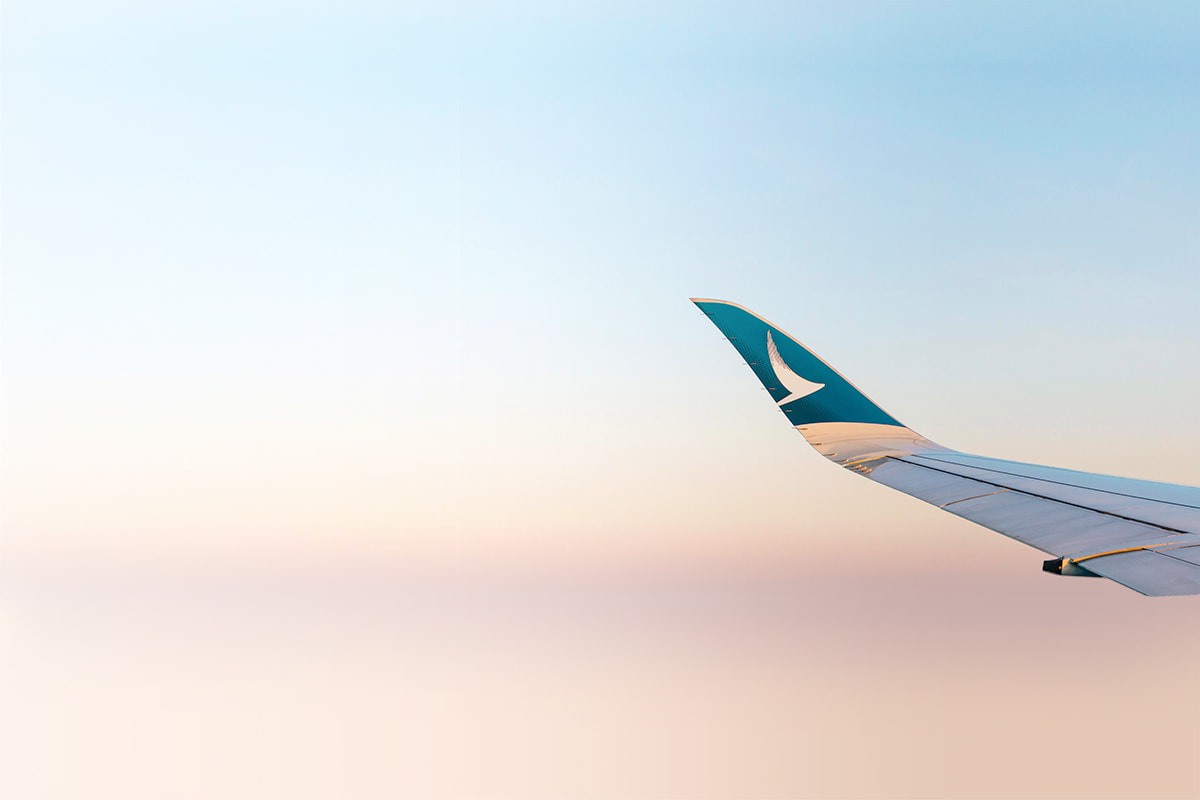How to make the best cup of coffee at home

When it comes to the finer things in life, practice makes perfect. Crafting a delicious cup of coffee is no exception.
You may have purchased the tastiest coffee beans and own the most high-end machines on the market, but “perfect coffee at home isn’t about fancy equipment,” says Jack Lam, a coffee specialist at The Coffee Academics with extensive experience in competing in and judging coffee competitions. “It’s about knowing your preferences and practising until you find your sweet spot.”
Lam and his team know a thing or two about crafting the perfect brew wherever you are, having also created a custom coffee blend to be served on your next Cathay Pacific flight. As taste buds dull at 30,000 feet in the sky, The Coffee Academics have developed a blend of bold flavours that still delivers that morning joe experience – bringing notes of cocoa and almonds to a dark roast brewed onboard.
If it’ll be a while before your next flight, there’s no need to worry about missing out. We asked Lam to share his secrets for brewing better coffee at home. Whether you’re using shop-bought beans or our exclusive Cathay x The Coffee Academics Journey blend, we cover everything from common mistakes to making the most of your equipment below.
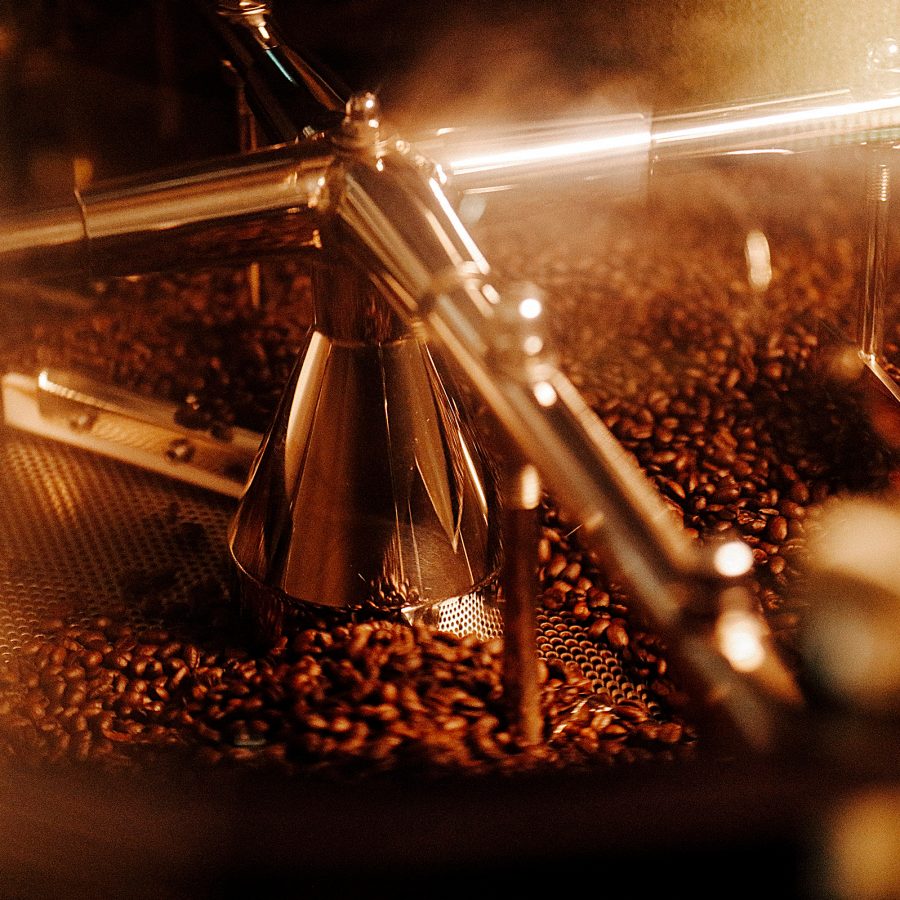
The inside scoop
“A good cup of coffee is all about balance,” Lam says. This means a flavour profile in which no single note overpowers another and the acidity, sweetness and body all work together seamlessly.
Acidity, sweetness, body: you may see these three words, or a variation of them, printed on packs of beans alongside a numbered scale to indicate the intensity of each characteristic. Acidity is often associated with sour flavours like citrus and brings complexity to the coffee’s taste, while sweetness can evoke both fruity or chocolatey flavours and typically balances out the acidic elements. Lastly, body refers to the mouthfeel or consistency of the coffee, which can range from silky and to watery or dense.

The perfect cup of coffee
It all starts with the finest coffee beans.
“From there, it’s about respecting the process,” says Lam. This includes freshly grinding your beans, using clean filtered water at the optimal temperature of 92-96˚C and choosing a suitable brewing method that’ll bring out the best of the coffee.
According to Lam, “the perfect cup is a balance of quality, technique and a little bit of joy in your ritual. Precision matters, but so does intuition.”
So, how do you develop coffee intuition? All you need is time. Time spent making coffee, that is. “It’s kind of like cooking,” Lam says. “The basics can take you far, but the more you brew, the better you get at understanding what tastes right for you.
“You’ll start to figure out how to tweak things like grind size, brew time or temperature to get it just right.”

Ideal brewing method
Lam recommends the pour-over method as it’s simple, low-cost and effective at highlighting the coffee’s origin and craftsmanship – referring to the selection, blending and roasting of beans. It’s also suitable for both beginners and experienced coffee enthusiasts who want to appreciate the more nuanced flavours in a cup of coffee.
Other ways to make coffee include using a French press, a drip coffee machine or a moka pot.
Best brewing equipment
As Lam points out, you don’t need a fancy setup. However, there are a few essentials that’ll make a noticeable difference.
For those just starting out, “the best first investment is a good hand grinder,” Lam says. A high-quality grinder helps you get a consistent grind, which boosts flavour.
To make pour-over coffee, Lam recommends the Hario Mugen , a dripper that allows you to steep your coffee before letting it drip into your cup at the press of a switch. The Mugen is available for purchase at The Coffee Academics Harbour City Atelier shop.
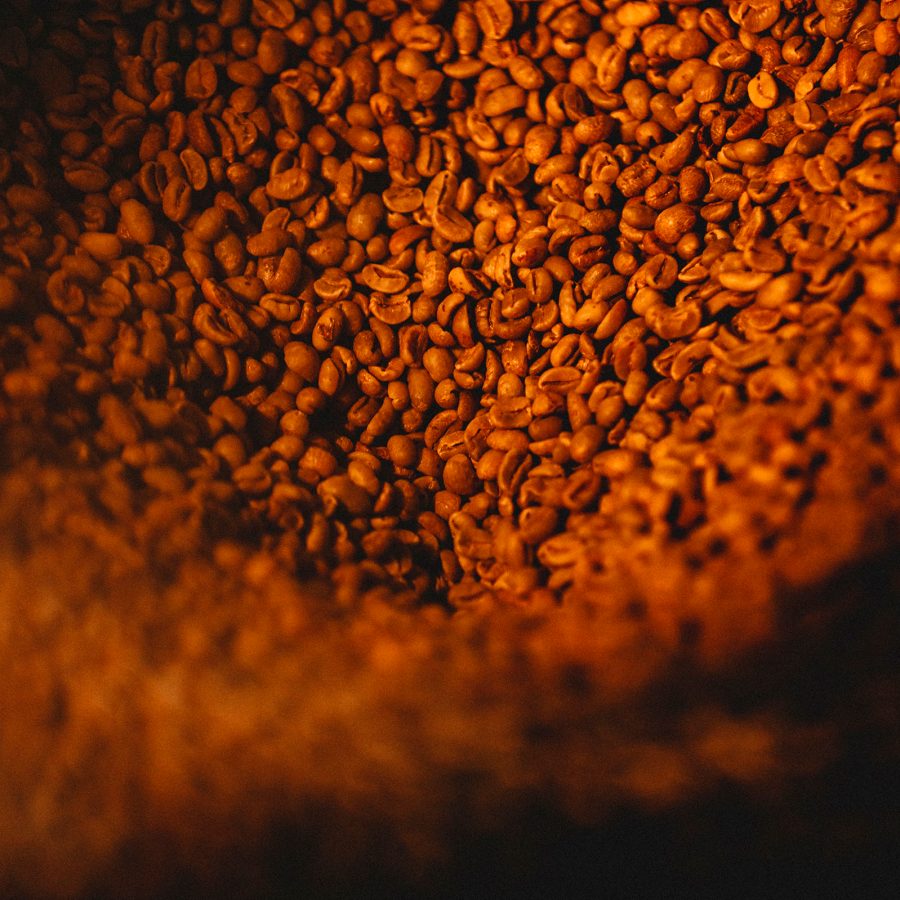
Picking the right beans
The Coffee Academics offers a varied selection of flavours for different palates. Lam recommends washed Ethiopian peaberry for those who enjoy floral tea-like flavours, or anaerobically fermented Yunnan beans for their fruit candy profile. Those who enjoy notes of whisky and toffee might want to try barrel-fermented Honduras beans.
Beyond our special inflight coffee collaboration, the brand has also released a custom blend, Journey, exclusively for Cathay and inspired by Hong Kong which can be purchased through our Cathay Shop. It features beans from three origins in Latin America, Indonesia and Ethiopia, which respectively impart vanilla, tea and candy or stone fruit aromas. They’ve also thought of everything, with Lam saying, “To reflect Hong Kong’s multicultural heritage, we layered in the earthy complexity of aged Pu-erh tea.”
The blend’s oak notes are a nod to Hong Kong’s maritime roots and there’s yet another welcome surprise. “The delicate floral aroma of Bauhinia, Hong Kong’s iconic flower, rounds out the profile with a subtle grace,” Lam adds.
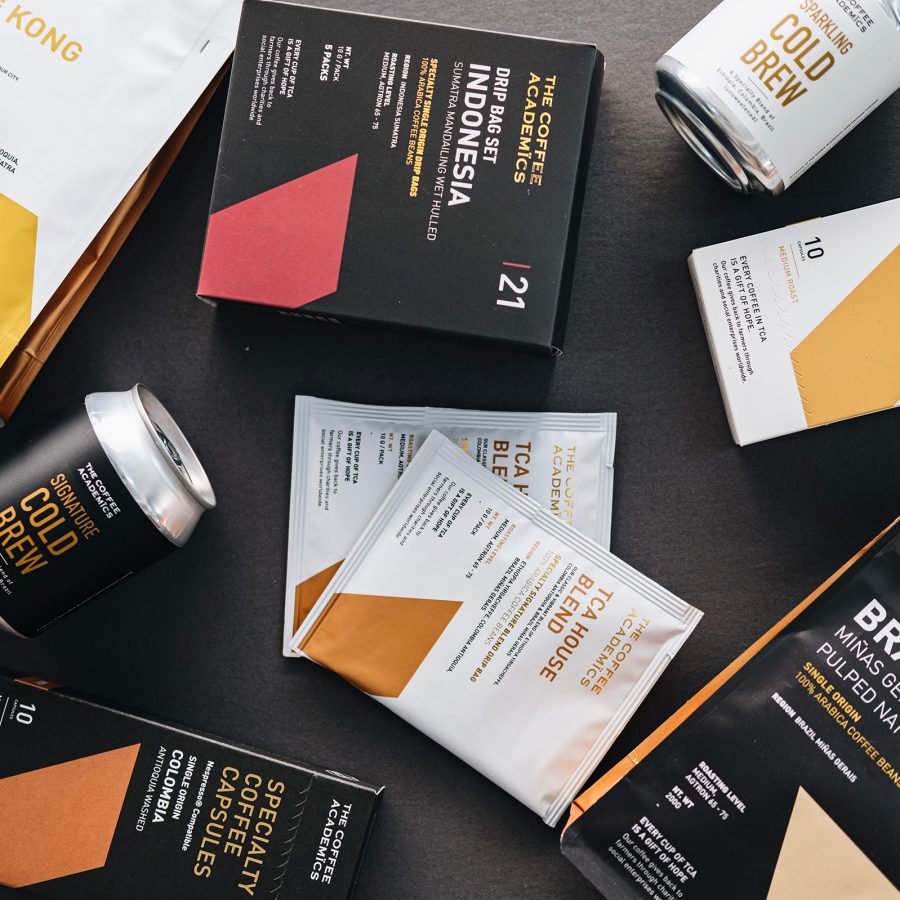
Dos and don’ts
Lam lists the following mistakes and best practices to follow when making coffee by yourself.
Do freshly grind your beans. It makes all the difference. Don’t use pre-ground coffee.
Do adjust the grind size according to your brewing method of choice for the best flavour. Don’t grind your beans to the wrong size.
Do use filtered water and aim for 92-96˚C. Coffee is 98 per cent water, after all. Don’t use unfiltered water at temperatures that are too high or too low.
Do take your time, slow down and enjoy your daily coffee-making ritual. Don’t rush the process.
If you want a more hands-on way to enhance your brew, The Coffee Academics hosts coffee brewing workshops that offer personal guidance by experts.
More inspiration
- China – the Chinese Mainland, Hong Kong SAR, Macao SAR and Taiwan Region
- Hong Kong SAR - English
- Chinese Mainland (China) - English
- Taiwan, China - English
- 香港特別行政區 - 繁體中文
- 中国內地 - 简体中文
- 中國台灣 - 繁體中文
- Africa
- South Africa - English
- Asia
- Bangladesh - English
- Korea - English
- Singapore - English
- Cambodia - English
- 한국 - 한국어
- Sri Lanka - English
- India - English
- Malaysia - English
- Thailand - English
- Indonesia - English
- Maldives - English
- ประเทศไทย - ภาษาไทย
- Indonesia - Bahasa Indonesia
- Myanmar - English
- Vietnam - English
- Japan - English
- Nepal - English
- Việt Nam - tiếng Việt
- 日本 - 日本語
- Philippines - English
- Australasia
- Australia - English
- New Zealand - English

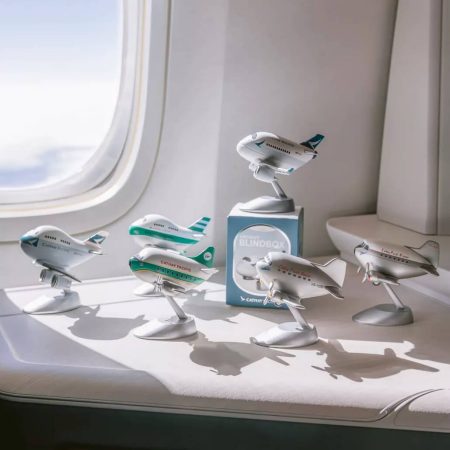

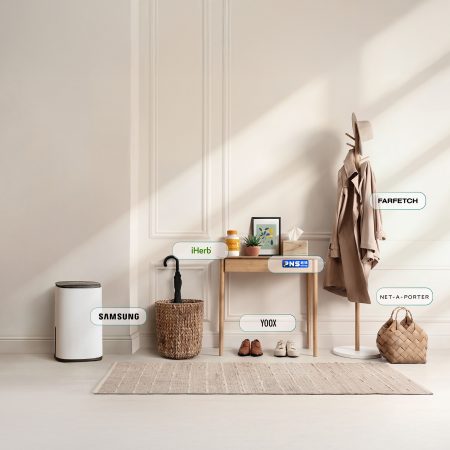
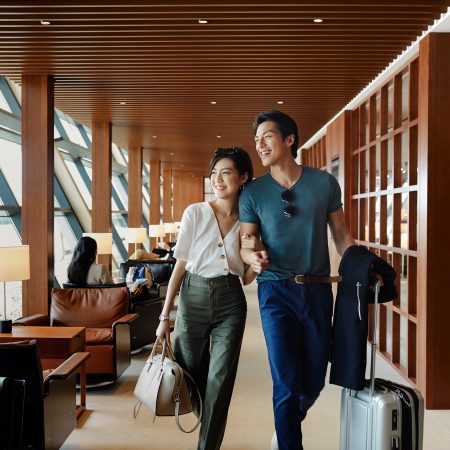
.renditionimage.450.450.jpg)

